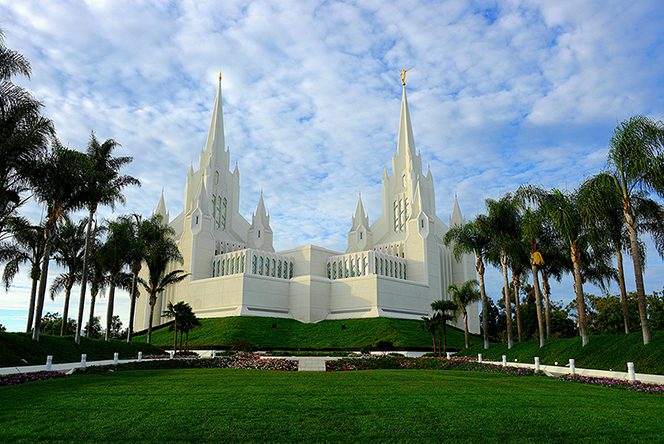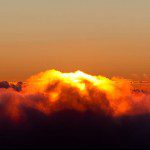
One of the pleasures of visiting Newport Beach is going to Ruby’s Diner, just off the Pacific Coast Highway (and with a wonderful view of the ocean) south of Newport Coast Drive.
Their grilled ahi is really good. But the real reason that I go is for their date milk shake. I’ve had the occasional date milk shake there — it wasn’t Ruby’s Diner then, but it was at or near the same place, with the same date shakes — since my earliest memories, and now it’s tradition. Like chili burgers at Twoheys on Atlantic Boulevard and the lethal but indescribably wonderful pastrami dip sandwiches at The Hat, on the corner of Garfield and Valley Boulevard (or, more recently, on Rosemead Boulevard). Coming to these places is an hommage to my parents and to my brother — as well as delicious.
We’re not really near any locations of The Hat or Twoheys, so we went get to them on this trip. But we’ve paid two visits to Ruby’s. That’s probably as much as we’ll get, this time around. Too bad.
***
On a less serious note, a new LDS Perspectives podcast is now available:
“Adventures in Religious Education”
***
Here’s a really interesting (and potentially quite important) item brought to our attention by the remarkable Robert Boylan:
***
Orson Scott Card, the distinguished Mormon science fiction and fantasy author, asks an interesting question:
if Joseph Smith were simply producing a narrative about “white men” and “Indian savages,” reflecting his own culture and experience, why are there no “cowboys and Indians”?
Why don’t we see much more of the 1820s view of American Indians? Where is the Happy Hunting Ground? Where is the teepee or wigwam? Where are the moccasins and deer skins, the canoes, the peace pipes? What are we doing with cities instead of villages? Why don’t we have any explanation of the great Indian mounds? In short, where is James Fennimore Cooper?[1]
In the Book of Mormon nobody rides anywhere. Think about it. I don’t have to explain to you about airplanes when I say I flew here, but I would certainly say that I flew here. People in Joseph Smith’s day rode everywhere they could—on either a horse or a wagon. When they took a long journey on foot, they said so, because it was remarkable. But no one in the Book of Mormon rides anywhere. How did Joseph Smith know to keep his made-up Nephites and Lamanites on foot—and how did he keep himself from ever pointing out the fact?[2]
[1] Card, “The Book of Mormon,” 37. As far as knowledge of the great Mesoamerican cities goes, at the time of the translation of the Book of Mormon in 1828 and 1829, John Lloyd Stephens’s seminal books Incidents of Travel in Central America, Chiapas, and Yucatán (1841) and Incidents of Travel in Yucatán (1843) were still well over a decade away.
[2] Card, “The Book of Mormon,” 37.
Posted from San Diego, California













